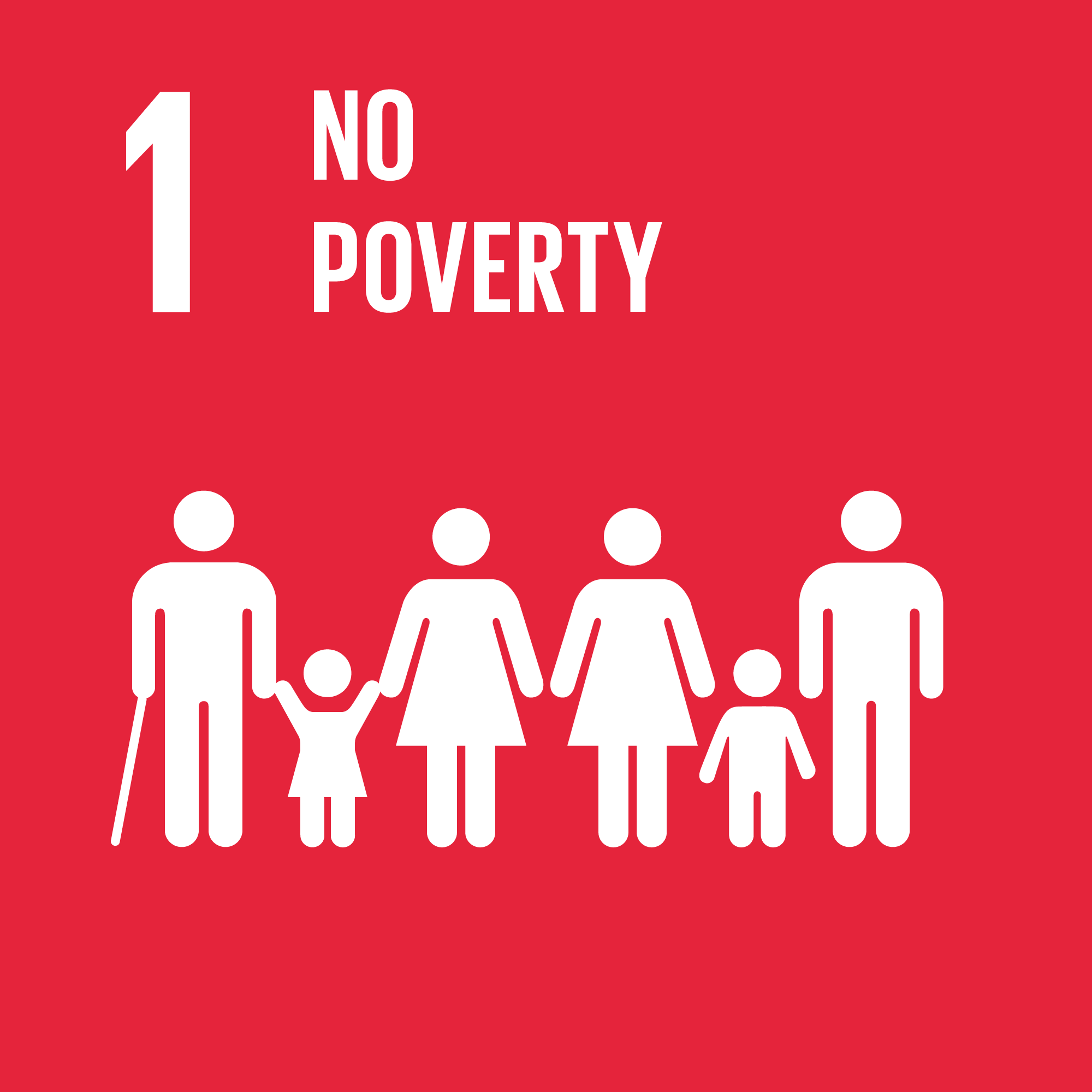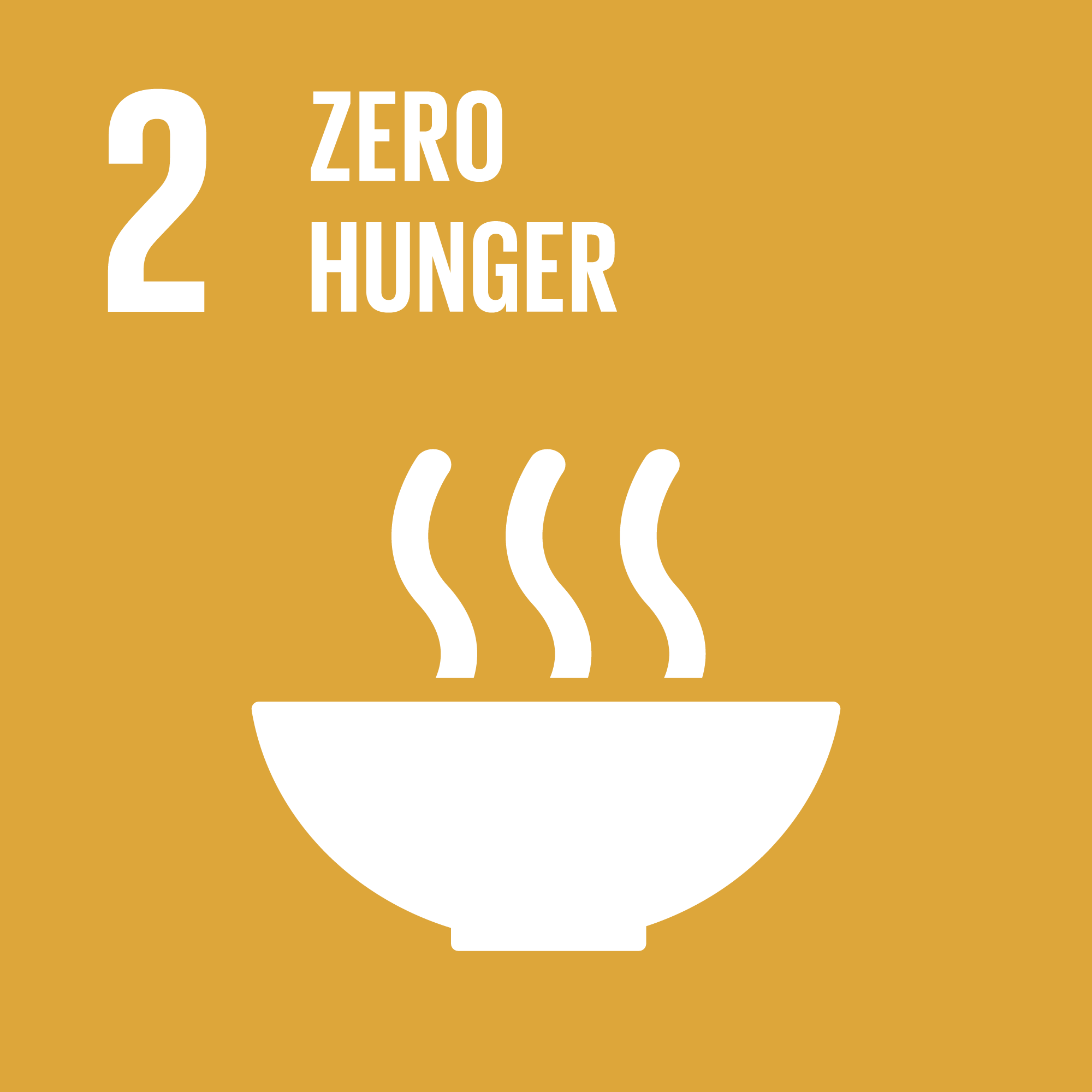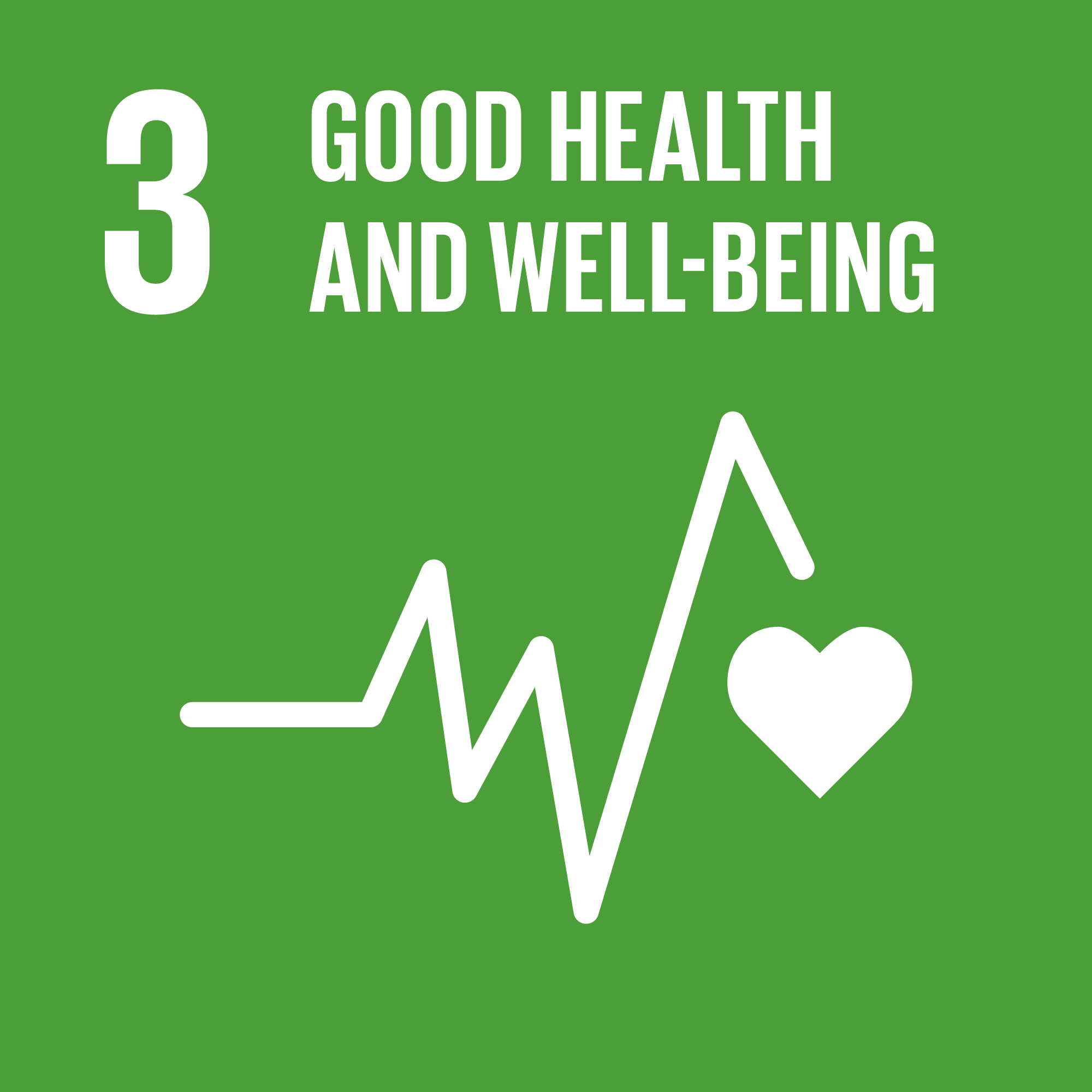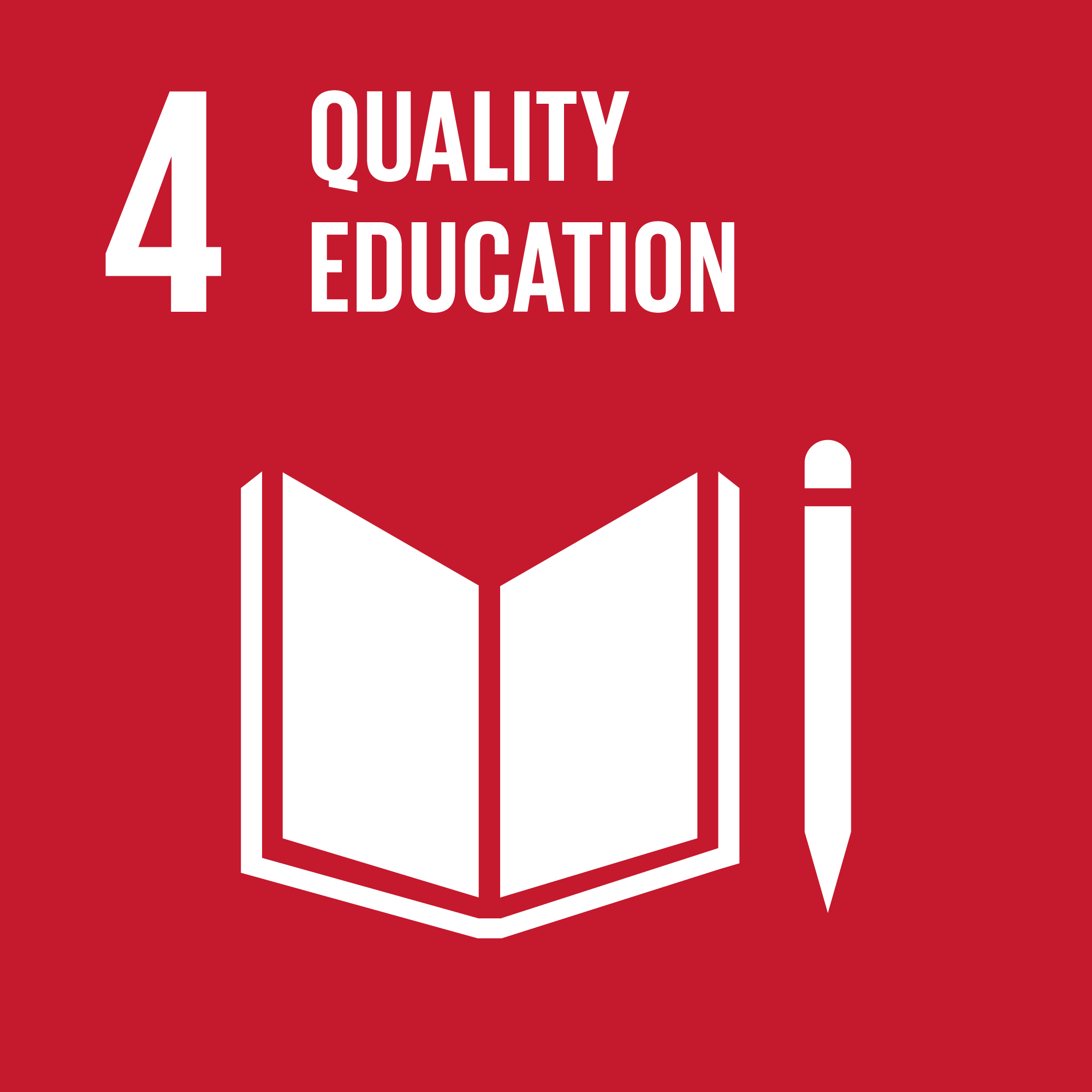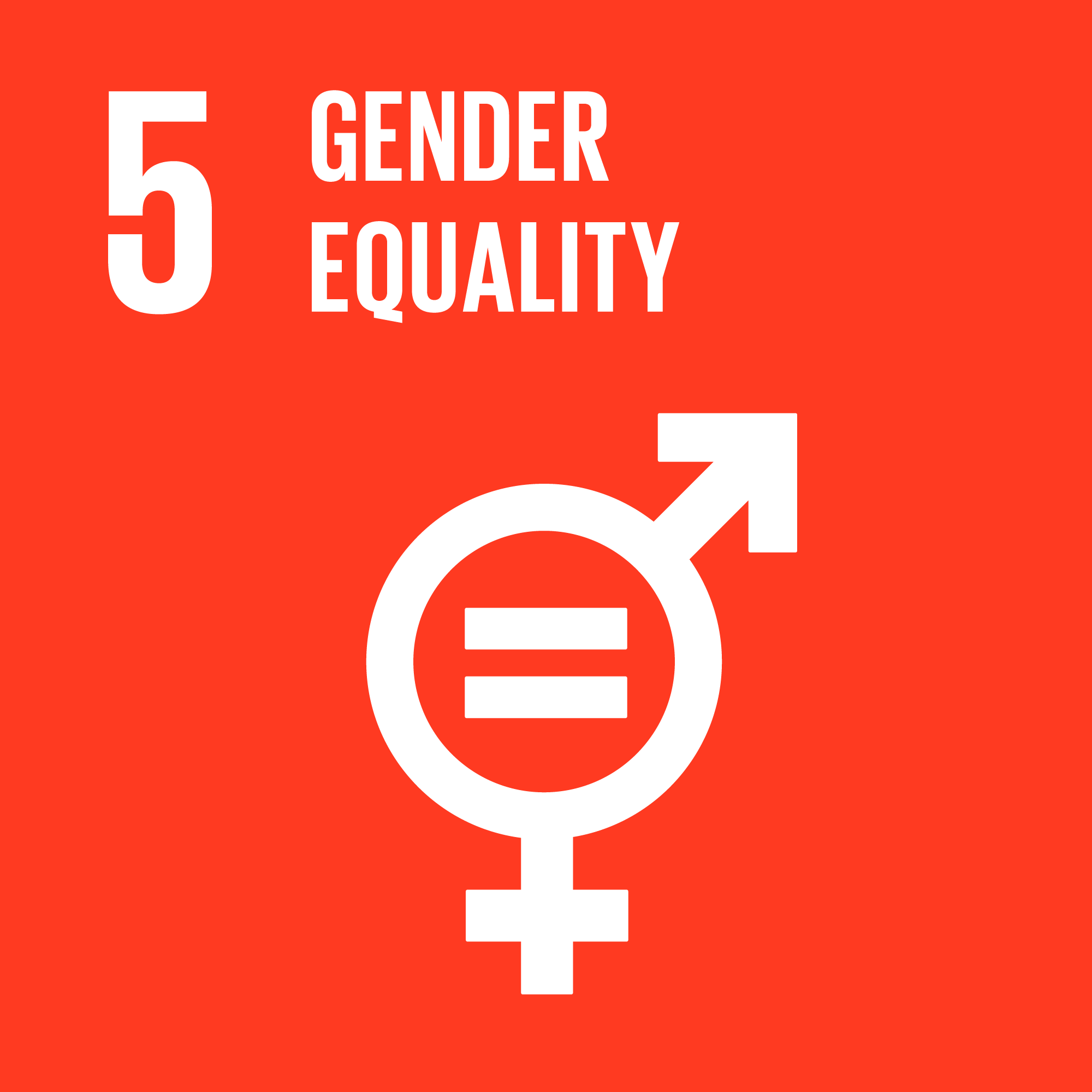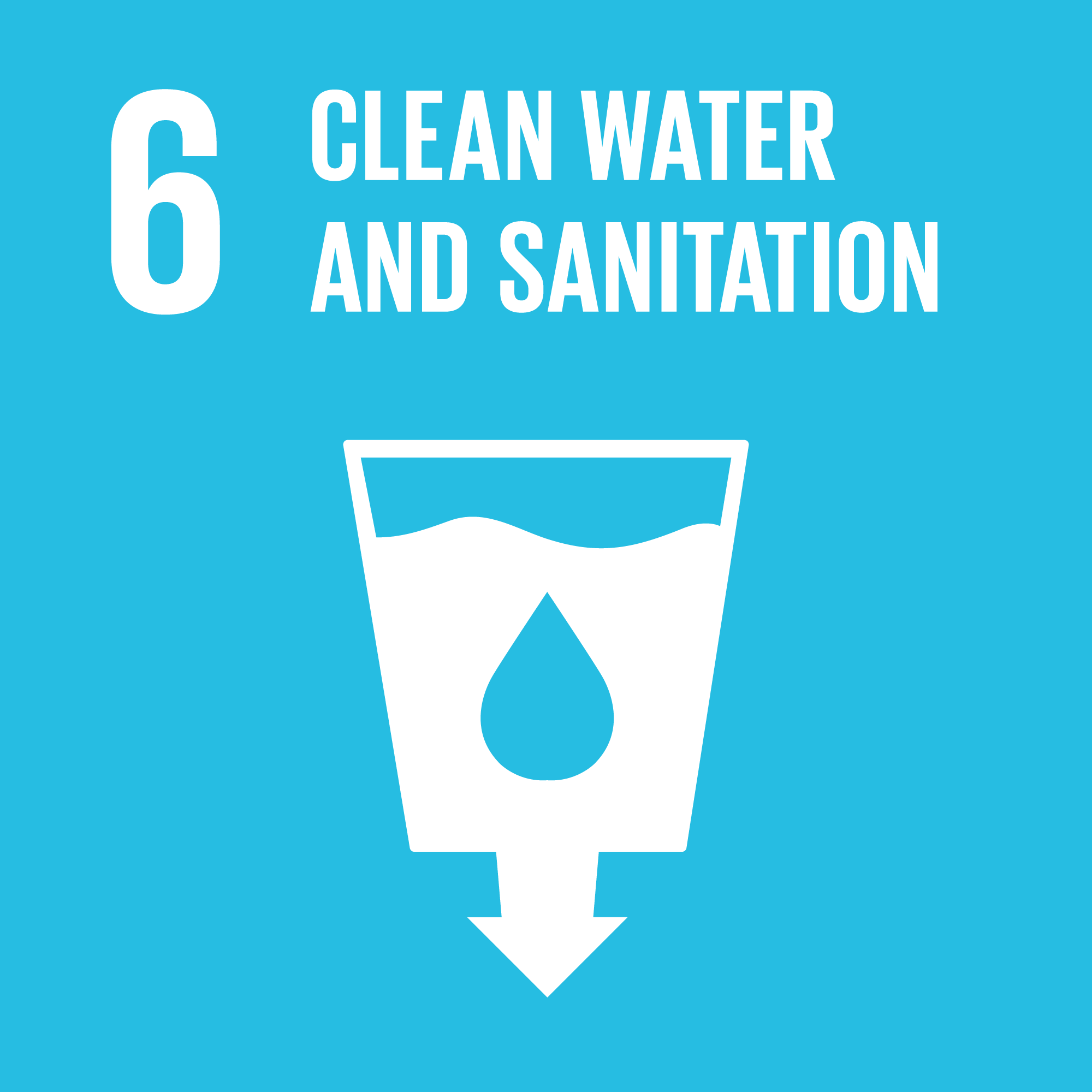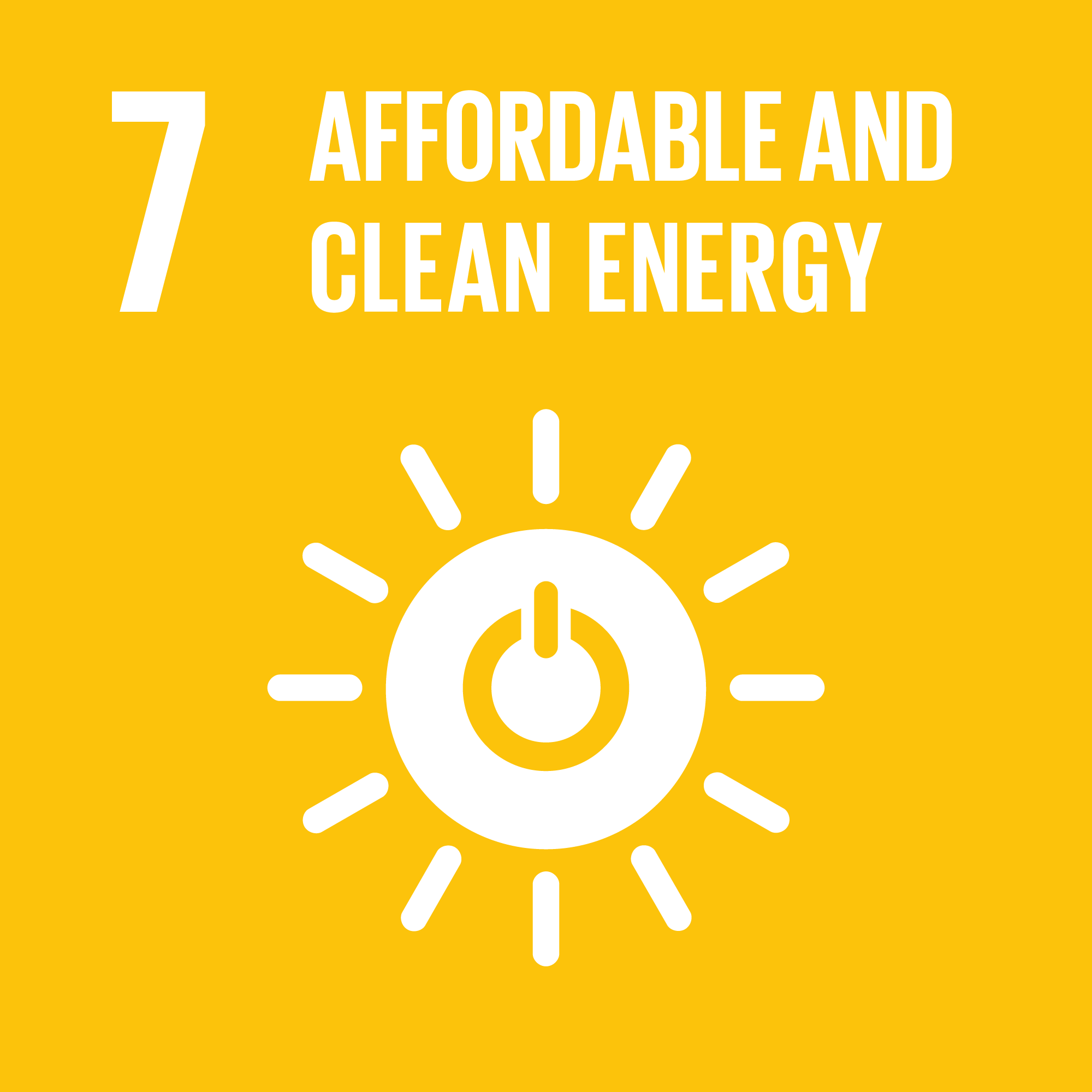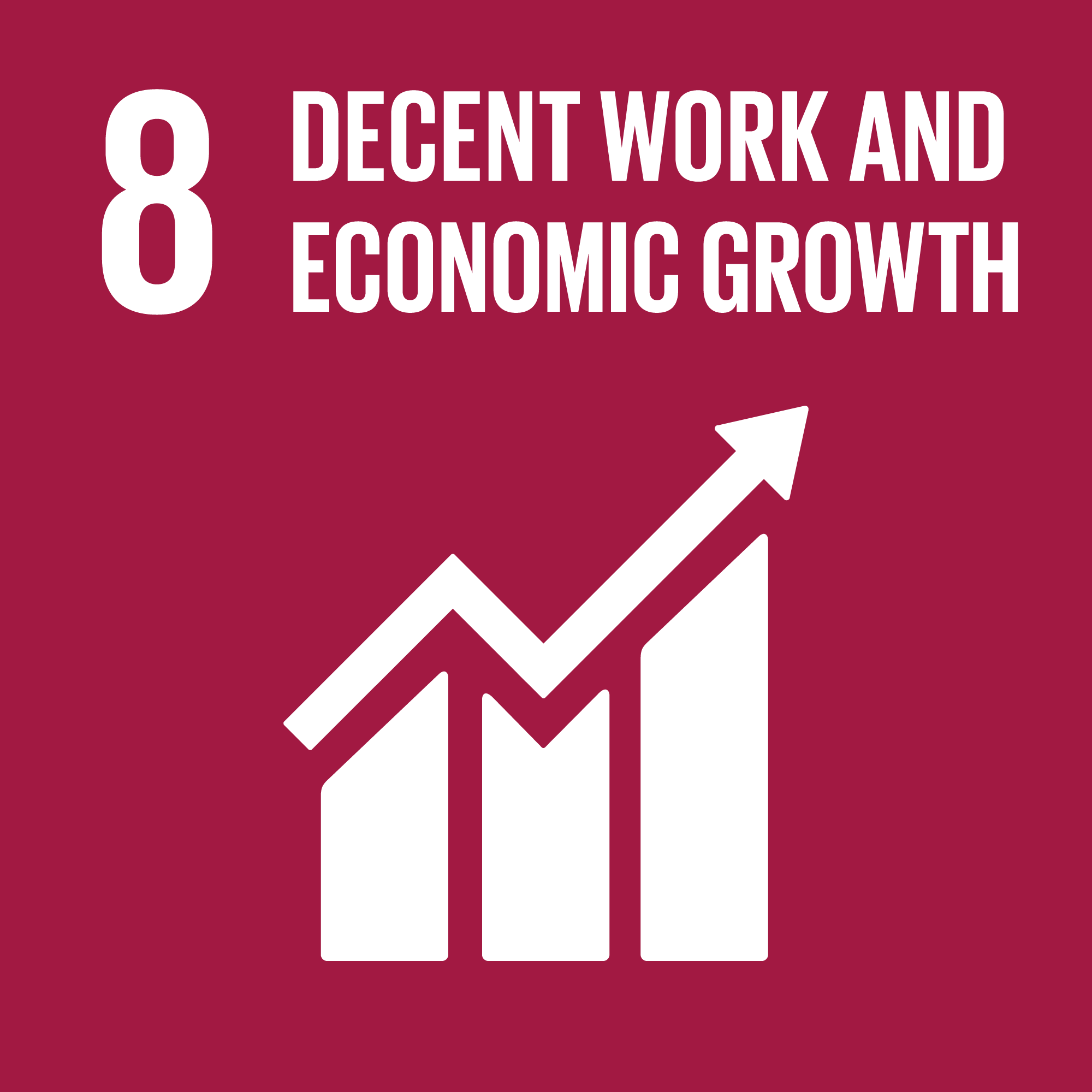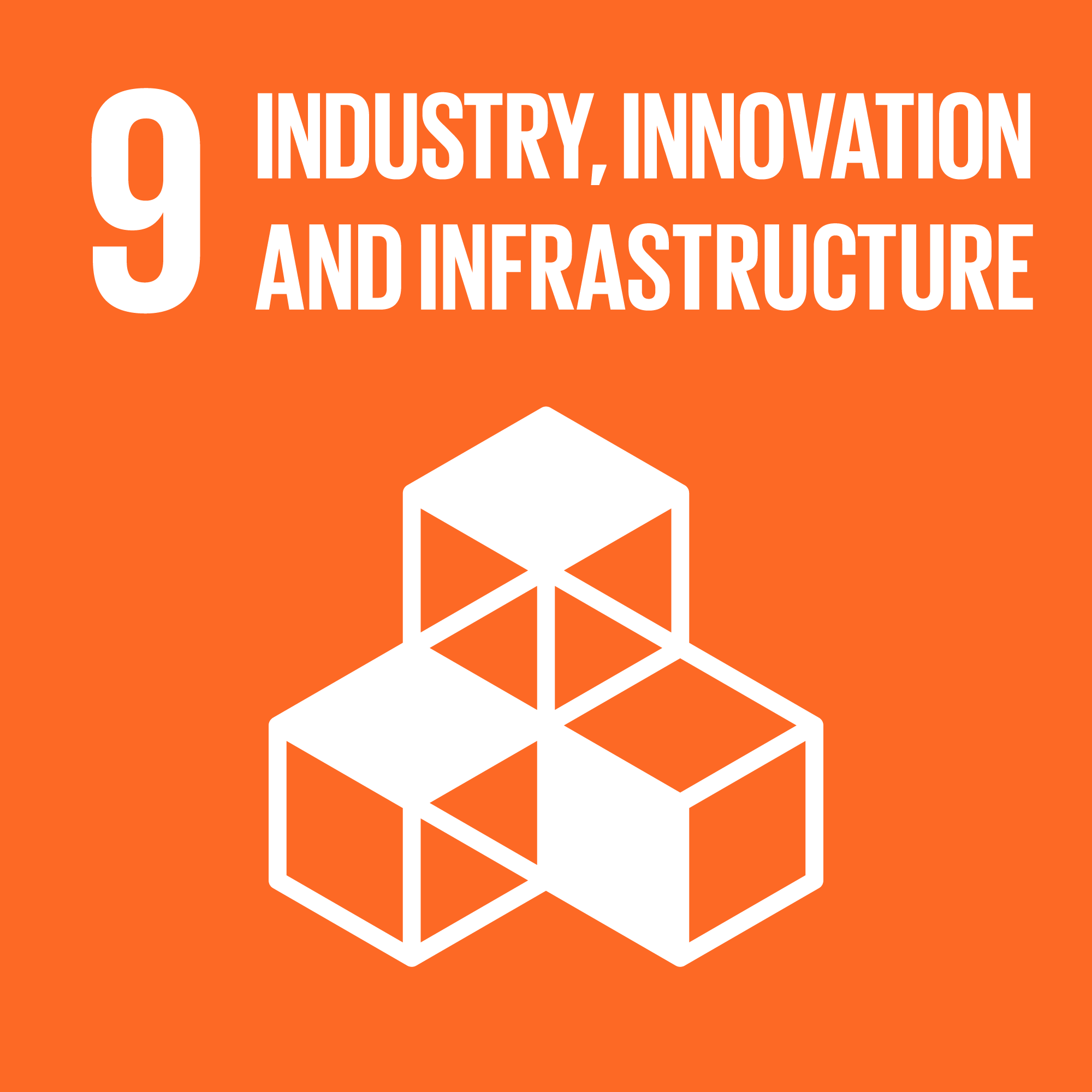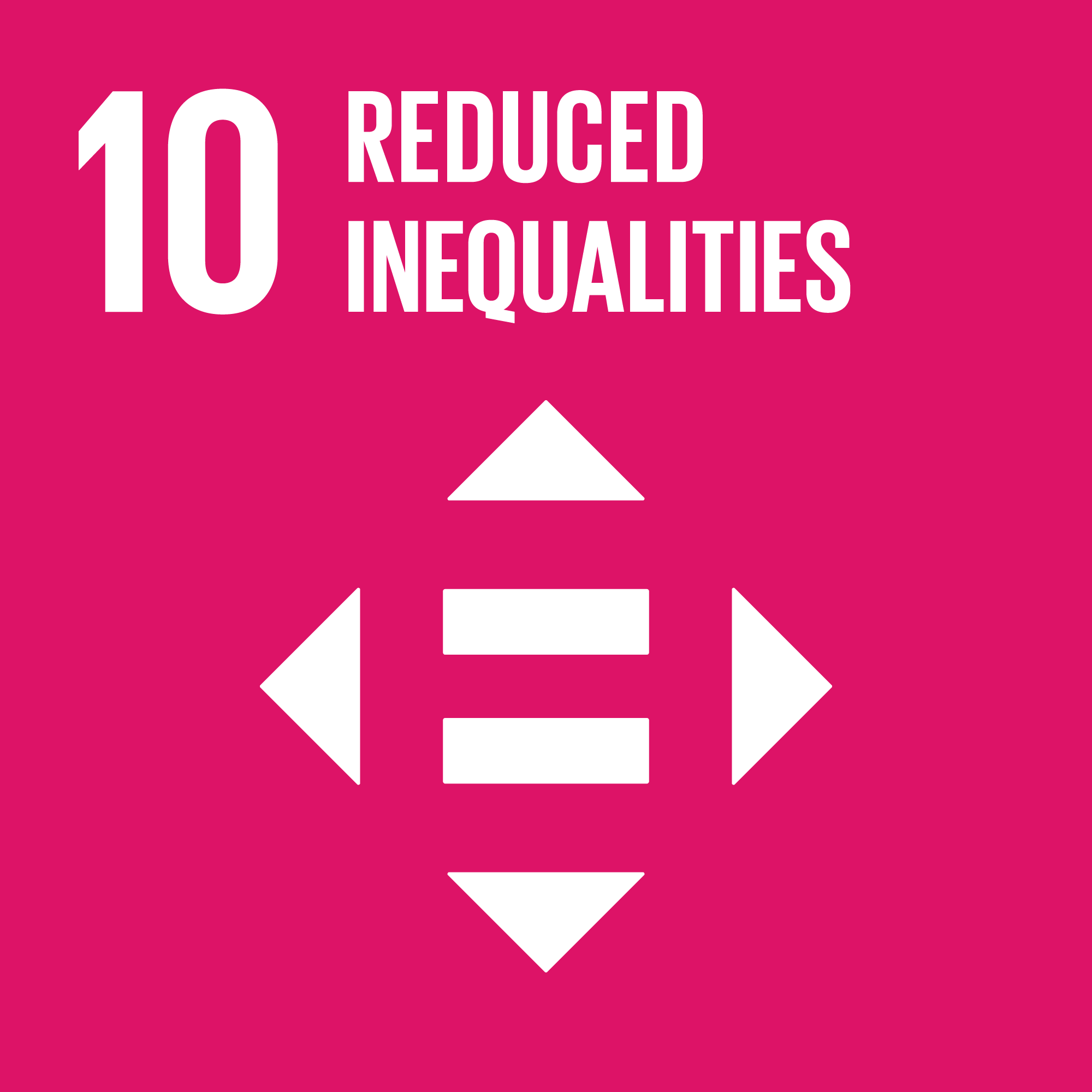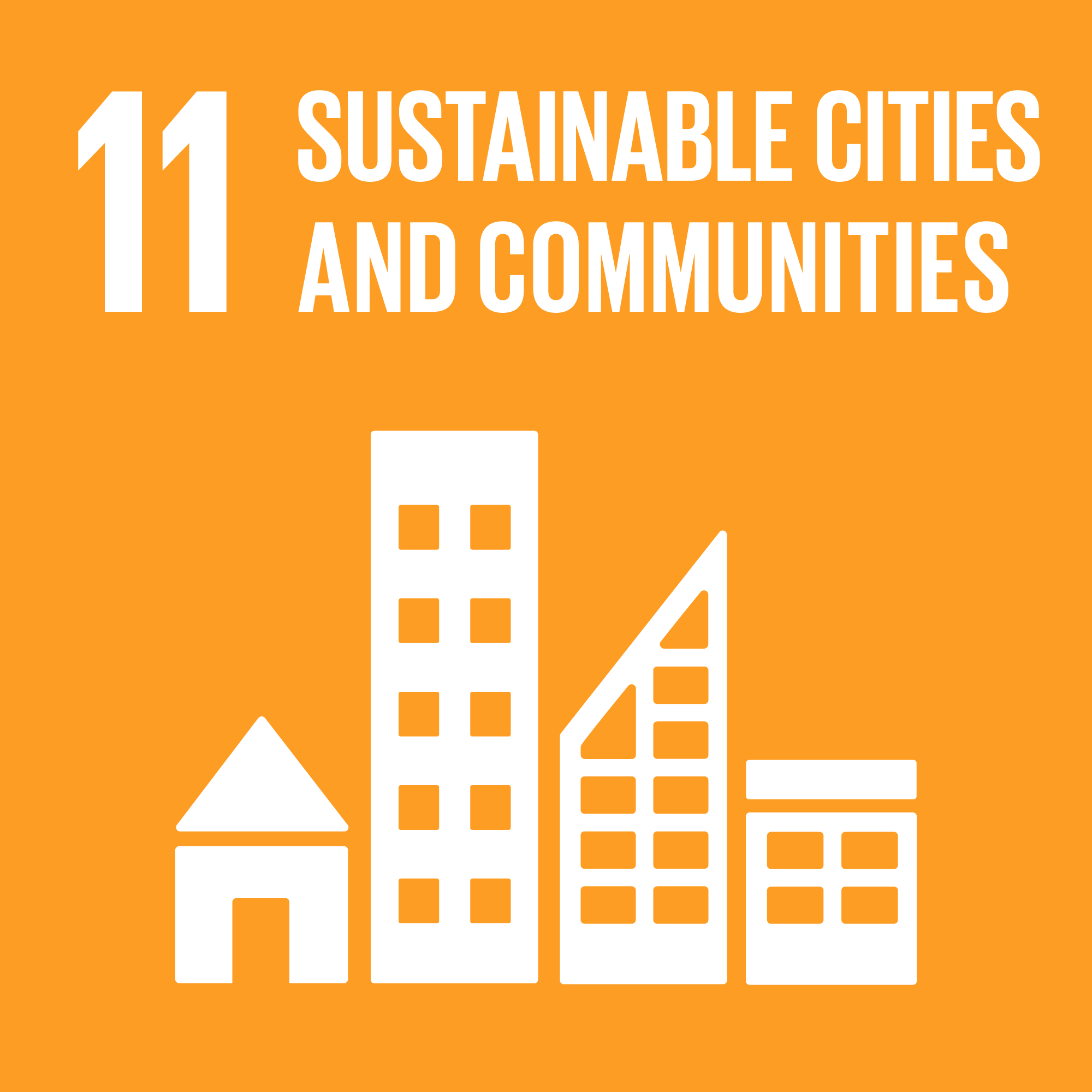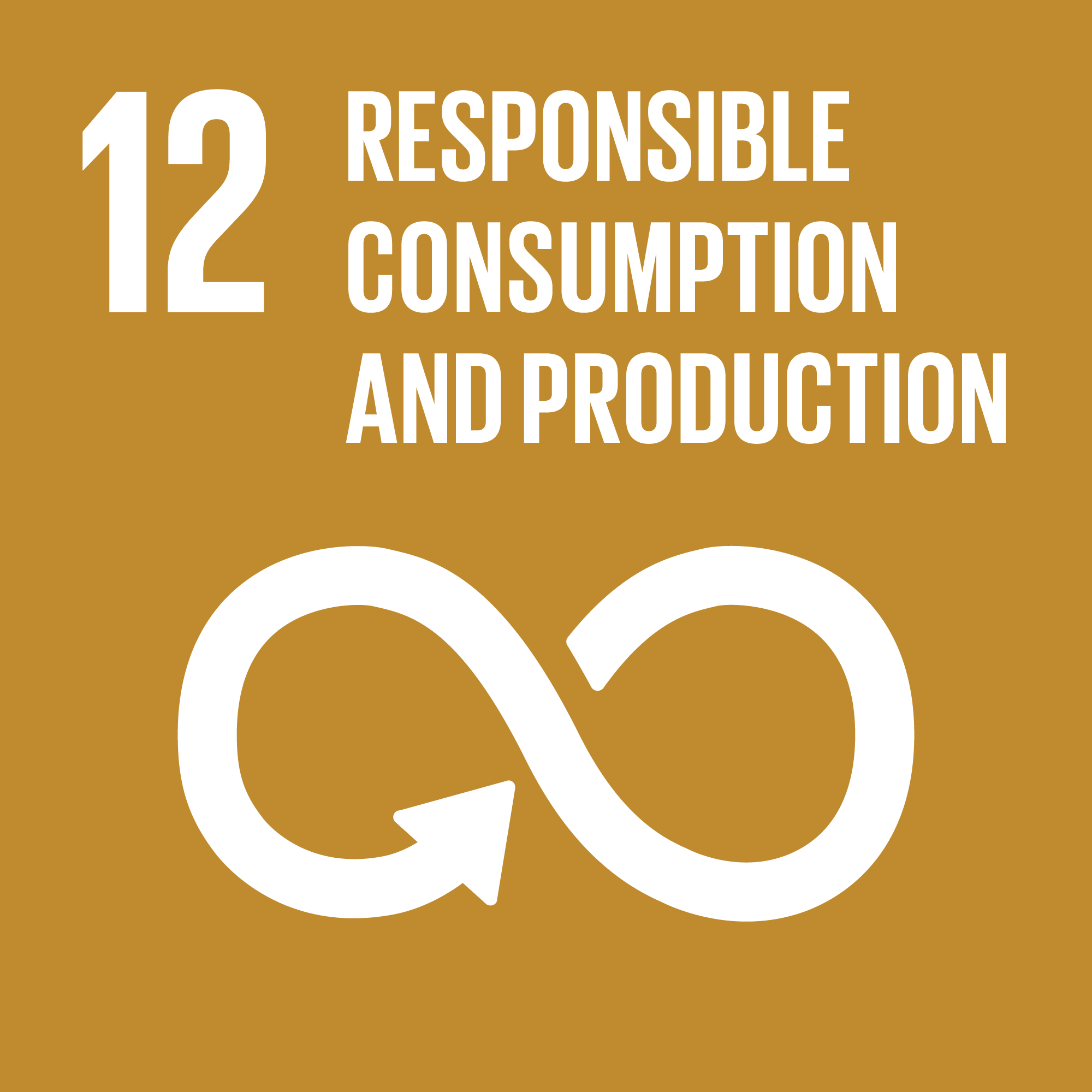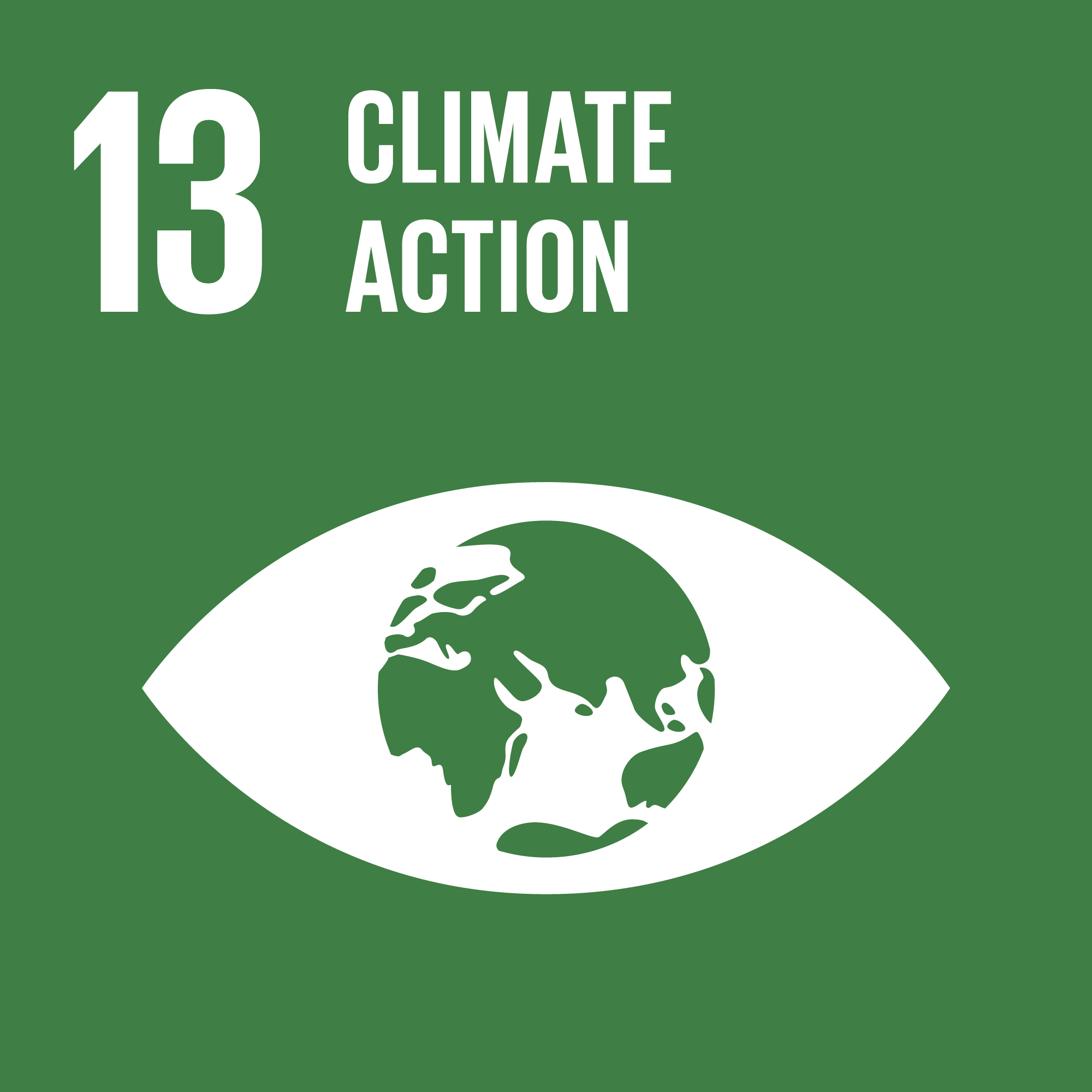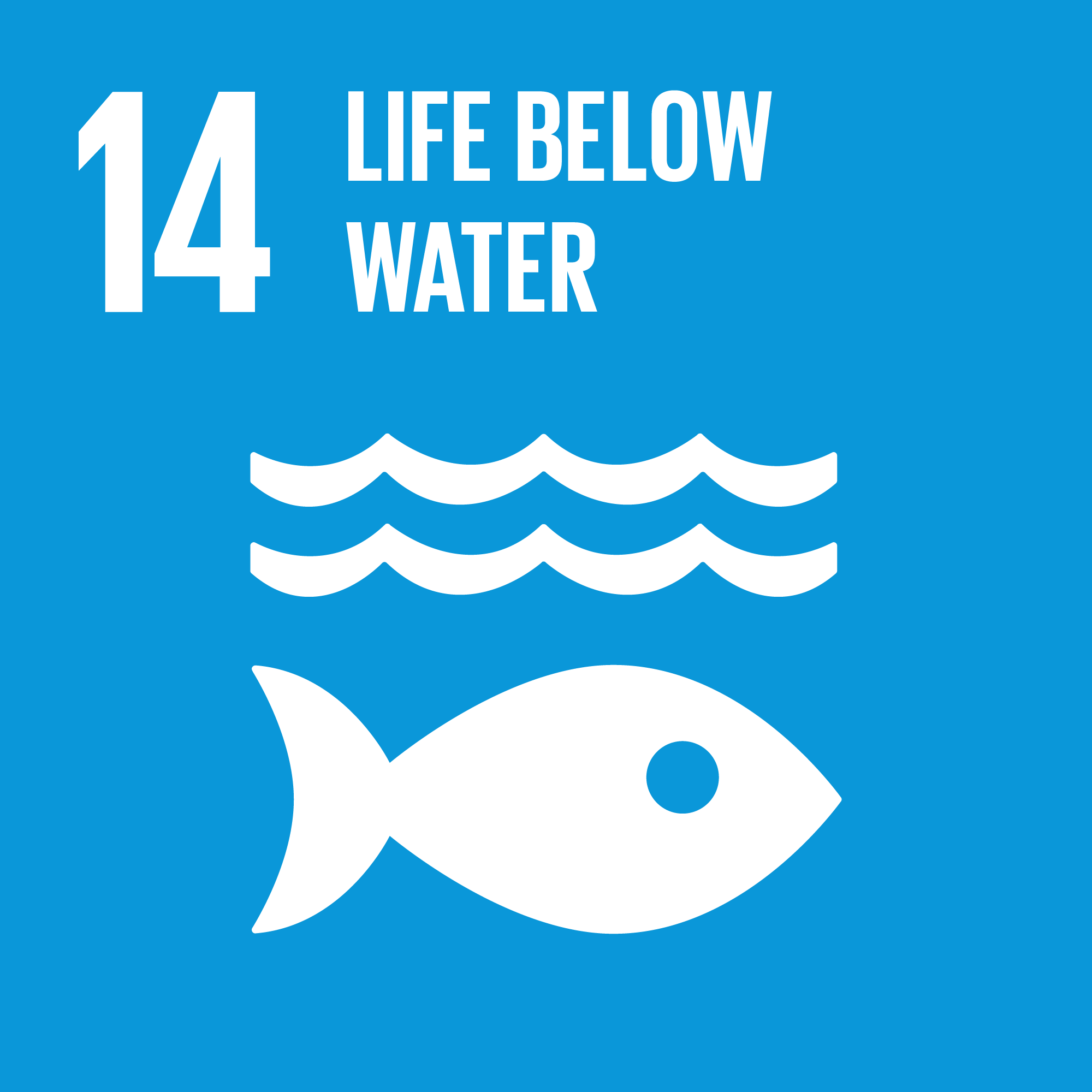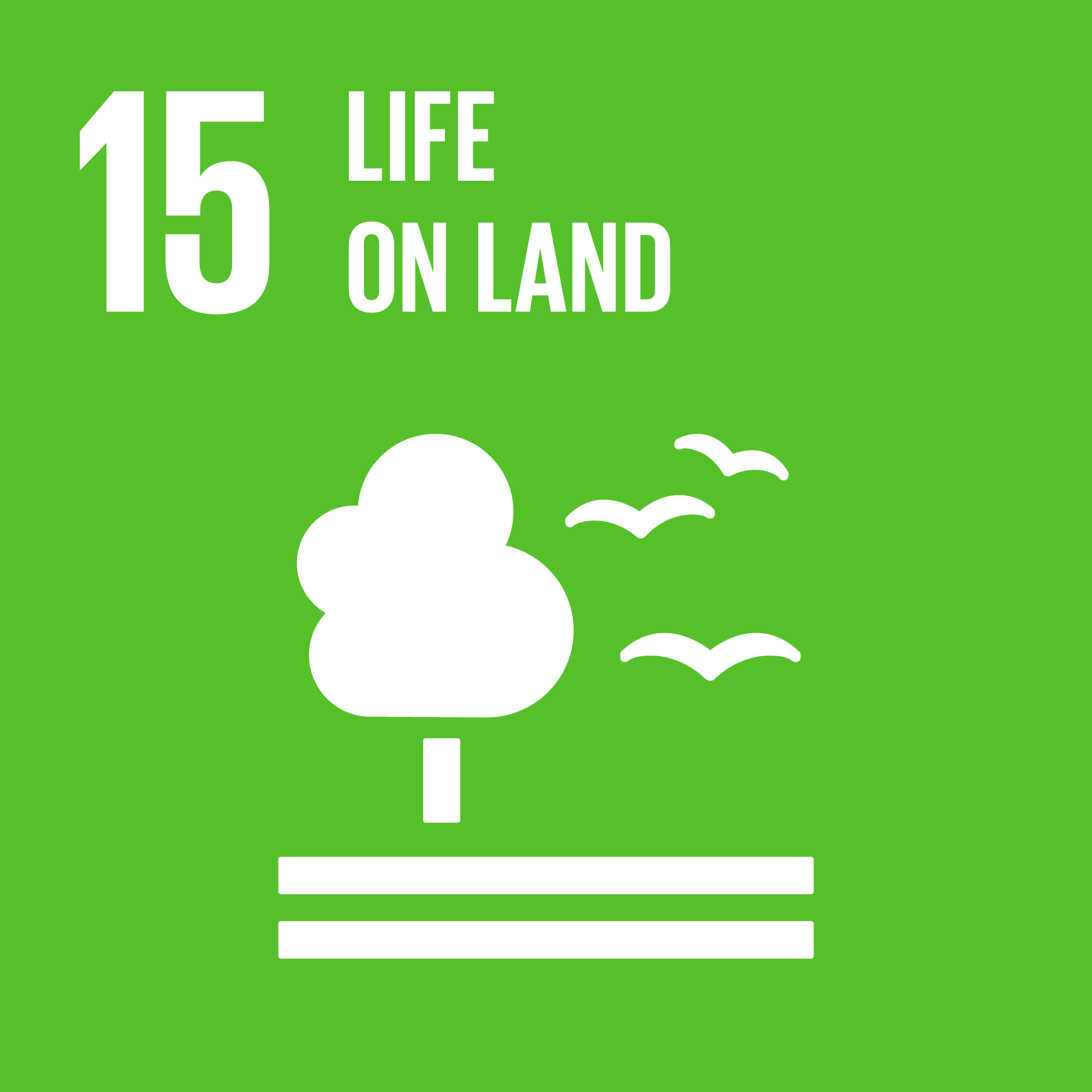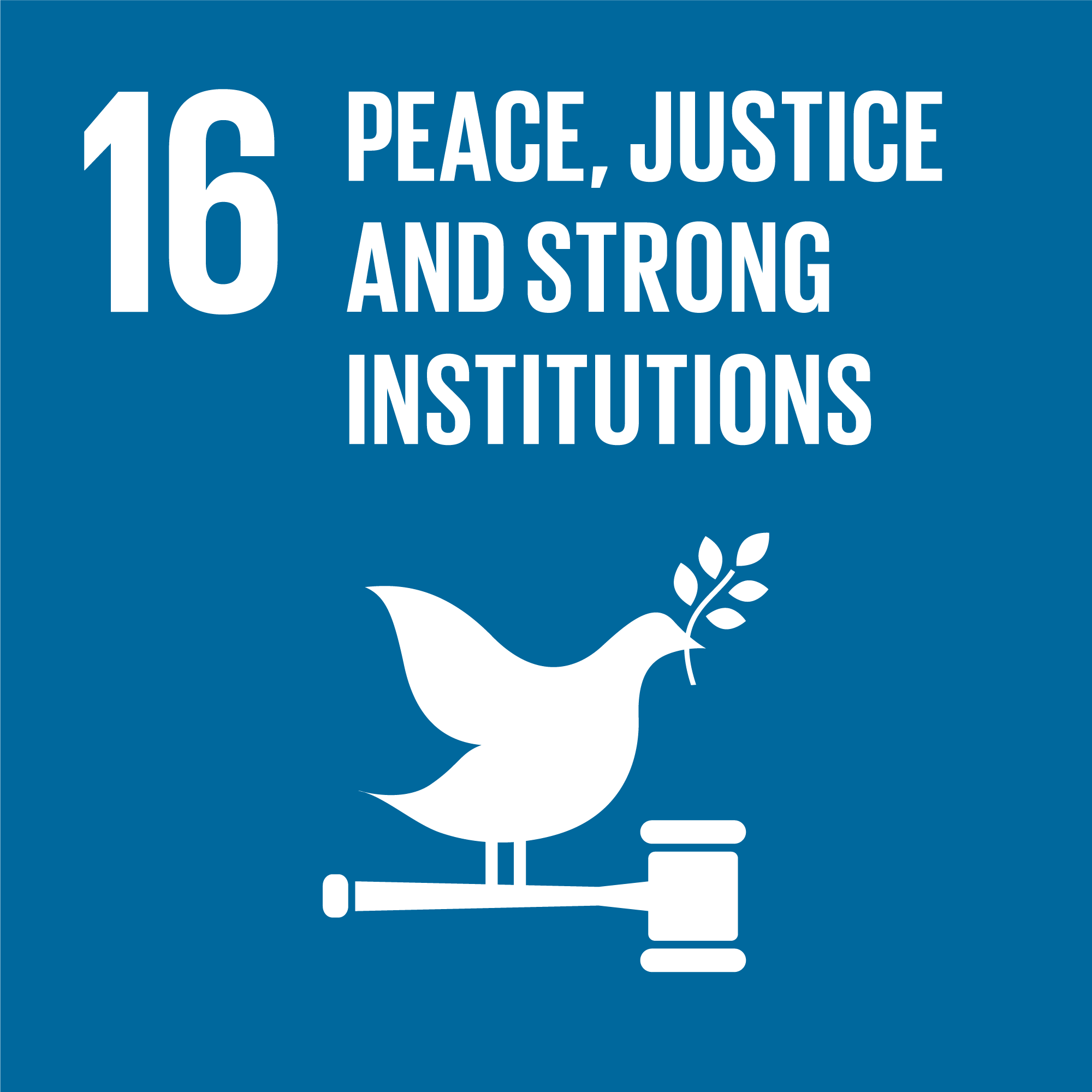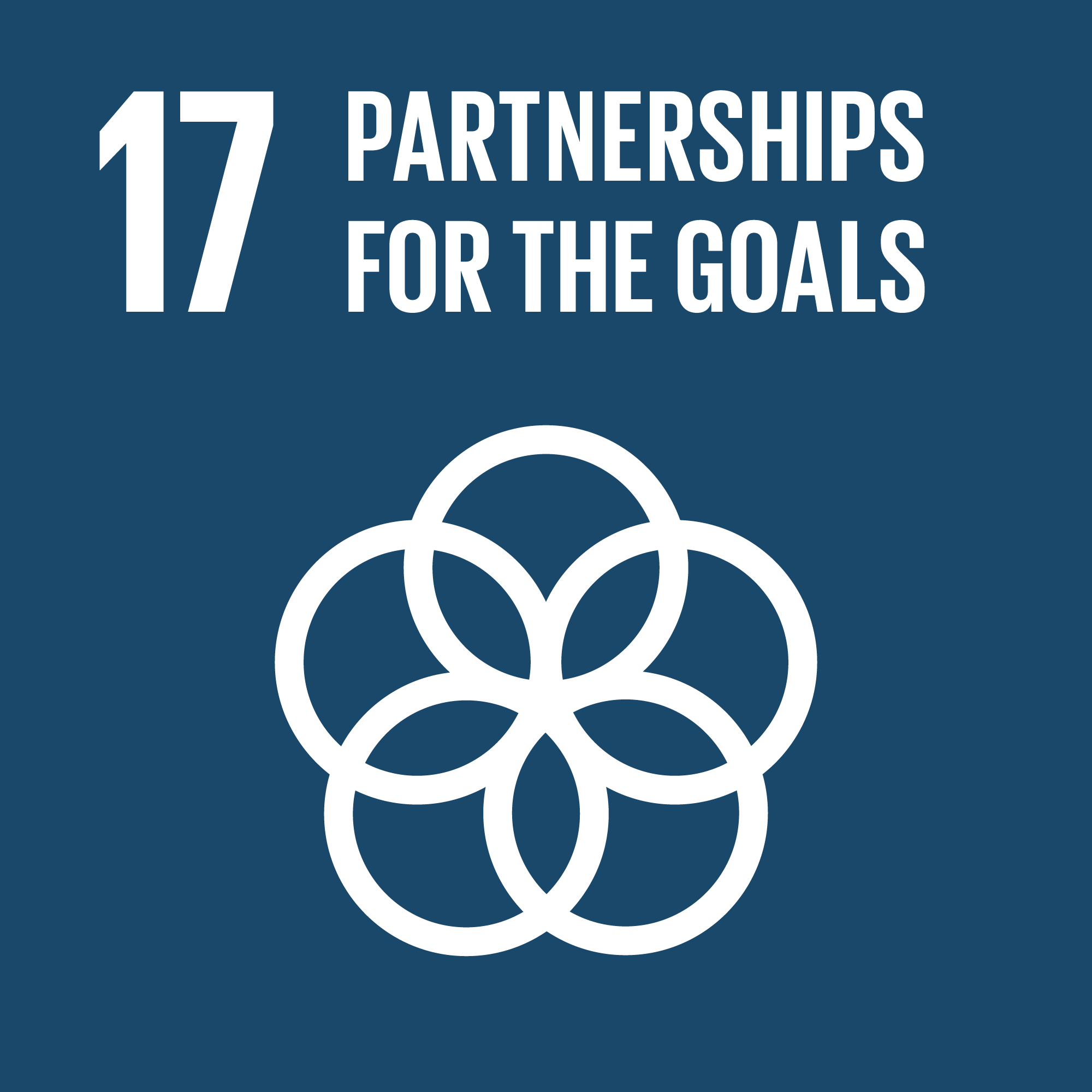As at: 10/01/2025
Syria
In December 2024, opposition groups, including the Islamist militia Hayat Tahrir al-Sham (HTS) toppled the regime of President Bashar al-Assad. It is uncertain what the future may hold for the country following the change in power. Many outcomes seem possible, but one thing is clear: there is now a window of opportunity that can be used to bring about positive change. The Federal Ministry for Economic Cooperation and Development (BMZ) is prepared and ready to support Syrian society in making a fresh start, and to assist in building a country that guarantees security, freedom and basic rights for all its citizens.
Support is being adjusted
In recent years, important foundations have been laid that will make it possible to effectively support Syria in making a new start and assist the country in building state structures.
After the violent repression by the Assad regime of peaceful protests in March 2011, the German government had suspended bilateral cooperation with Syria. Nevertheless, throughout the years of civil war that followed, the BMZ supported the Syrian population in all parts of the country – primarily via the United Nations and through non-governmental organisations.
Thanks to these relationships going back many years with Syrian civil society and with UN agencies, the BMZ is now in a position to respond quickly and adjust its support in the country to the situation on the ground.
Initially, the main focus of BMZ activities will be on the following priority areas:
- Improving access to education
Expanding education opportunities, repairing schools, providing psychosocial counselling for traumatised children - Creating income for people in need
Creating short-term employment for people who have lost their livelihoods, their property and their jobs as a result of the war - Strengthening civil society
Promoting projects run by non-governmental organisations aimed at fostering reconciliation and understanding, strengthening the work of women’s rights organisations - Improving health care
Improving access to medical care and psychosocial support for the local population, refugees and intey displaced persons
In December 2024, the then Development Minister Svenja Schulze committed support amounting to 60 million euros for projects in these priority areas. The projects are being implemented not in cooperation with Syrian leaders but exclusively via UN organisations and non-governmental organisations.
The BMZ made a total of 132 million euros available in 2024 for development projects in Syria.
Criteria for expanding development cooperation activities
In a press conference on 11 December 2024, the then Development Minister Schulze highlighted the following points that are important for the BMZ to be able to expand its activities in Syria:
- There needs to be a political process involving all the different population groups and civil society as well.
- Syria’s diversity must be preserved. This means that the rights of ethnic, religious and denominational minorities, and the rights of women, girls and vulnerable sections of the population need to be protected.
- The education system must be free of ideology, discrimination and marginalisation.
- The property rights of all population groups must be upheld. People who fled from the civil war must be able to return home, in the certain knowledge that they will be able to go back to their plot of land and to their houses.
- The relief organisations, first and foremost the United Nations, need unrestricted and independent access to all areas and to all segments of the population in Syria. That explicitly includes the Kurdish north-eastern part of the country.
The BMZ will discuss its development cooperation with other donors that are active in Syria, above all the United Kingdom and the European Union.
Frequently asked question What can I, as a private individual, do for the people in Syria or how can I support a civil society initiative?
The volunteer help desk at Engagement Global (External link) (Beratungsteam) offers individual advice on how to get involved in ongoing civil society initiatives and on ways to support people in Syria.
The help desk can be contacted on working days using the freephone number 0800 188 7 188 or by e-mail: info@engagement-global.de (External link).
The volunteer help desk is a one-stop point of contact and advisory service for all matters relating to getting involved in development cooperation activities in Germany and abroad. Acting on behalf of the BMZ, it provides individual advice and information on governmental and civil society support programmes, and on possibilities for active engagement and networking.
SDG trends for Syria
- On track or maintaining SDG achievement
- Moderately improving
- Stagnating
- Decreasing
- Trend information unavailable

